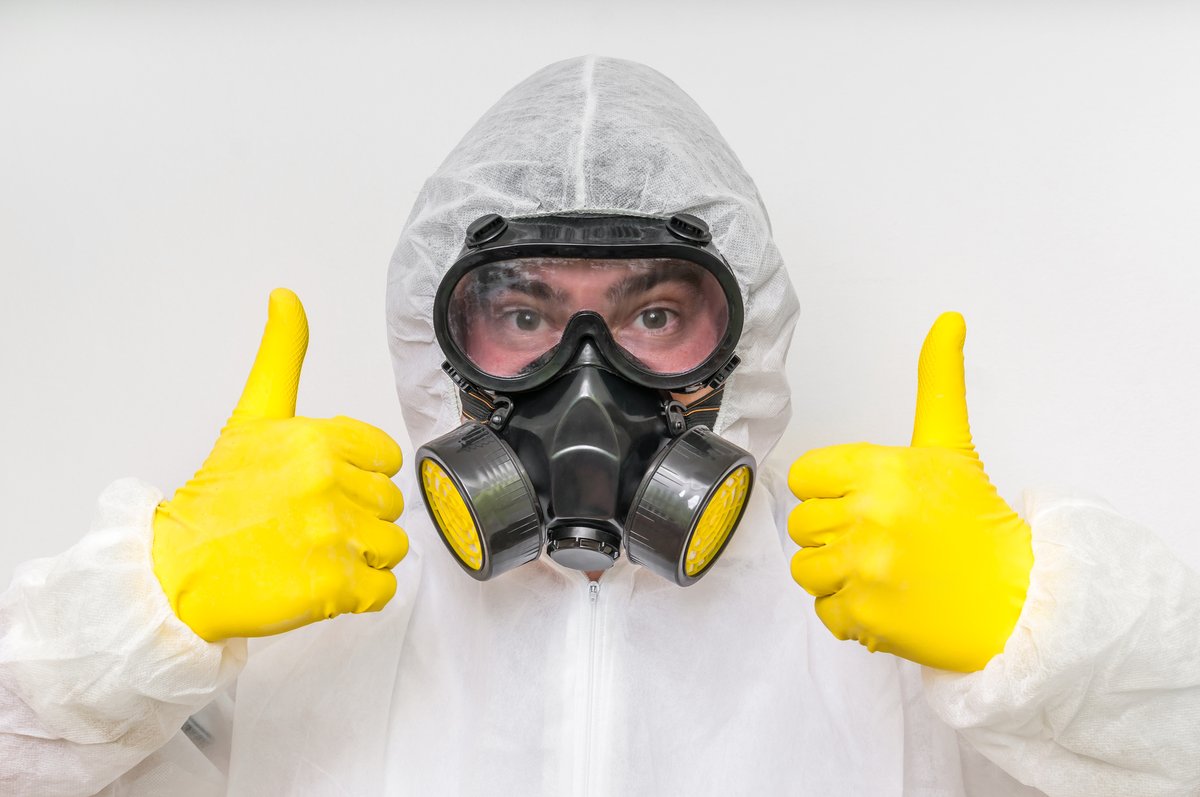Despite being naturally occurring in the earth, lead exposure is a serious environmental health hazard. Most of the exposure to lead comes from humanmade sources, such as factories, previous use of leaded fossil fuels, and former use of leaded paints. Your home may also contain a variety of lead and lead compounds, including batteries, ceramics, plumbing materials, solders, gasoline, batteries, ammunition, and cosmetics.
Prolonged exposure to lead, even in small doses, can result in poisoning and may manifest itself with symptoms such as:
- Abdominal pain
- Constipation
- Depression
The most common way for lead exposure is to inhale it. Therefore, when working with lead, especially where lead dust is a by-product, you should protect yourself from harmful exposure. Here are five tips to reduce your respiratory exposure to lead:
- Use proper personal protective equipment (PPE)
- Use adequate ventilation.
- Use wet methods to decrease dust
- User proper personal hygiene
- Use lead-free materials and chemicals
Use Proper PPE
The use of a respirator should be mandatory when using lead-based chemicals or creating lead dust. You should remember, though, respirators do not eliminate exposure, only reduce it. There are a variety of choices depending on the type of exposure. Respirators fall into three categories: Air Purifying (APR), supplied-air (SPR) or a combination of the two.
When using a respirator, be sure to:
- Select the appropriate type for your application
- Follow the instructions for use
- Conduct a seal test each time you wear the respirator
- Understand the potential limitations of your respirator
- Use only devices certified by the National Institute for Occupational Safety and Health (NIOSH)
In addition to a respirator, you may want to consider disposable coveralls and shoe covers.
Use Adequate Ventilation
Ventilation is a necessary control and can be dilution or local. Dilution refers to a system where large quantities of circulated air reduce the concentration of lead to acceptable levels. This type of system is best where lead sources are widespread and numerous. Local ventilation refers to portable systems and tools equipped with specific shrouds or HEPA vacuum systems for dust removal. If working outside, stand upwind of any fumes.
Use Wet Methods to Decrease Dust
When possible, during the clean-up of materials containing lead, you should mist the debris. The water will reduce the dust and decrease the chances of inhalation. When disposing of the waste, you should place it in sealed bags or containers. Be sure to label the containers as hazardous.
Use Proper Personal Hygiene
You should not overlook personal hygiene practices if you work around lead. Keeps these practices in mind:
- Wash your hands and face frequently. This effort will reduce the chances of ingesting dust.
- If facilities are provided, take a shower at the end of the day and before driving your vehicle. If you don’t, you may contaminate your home.
- Do not eat, drink, or smoke in areas where you are exposed to lead. Again, this will decrease the chances of ingestion.
- Do not wear PPE into eating areas, unless your equipment is completely dust-free.
- Do laundry daily, preferably keeping possible lead-tainted loads separate
Lead-free Materials
Finally, whenever possible, use lead-free materials. Many alternatives now exist to traditional lead-based methods, such as lead-free solder. Conduct research in your particular industry to find available solutions.
Conclusion
Remember, lead exposure is a serious health risk. If you suspect lead poisoning, seek medical help immediately. Employers and employees should be diligent in finding ways to reduce or eliminate lead risks. While it is challenging to completely cut your exposure to lead, keeping these practices in mind will certainly help. For additional information, consult http://epa.gov/lead.


